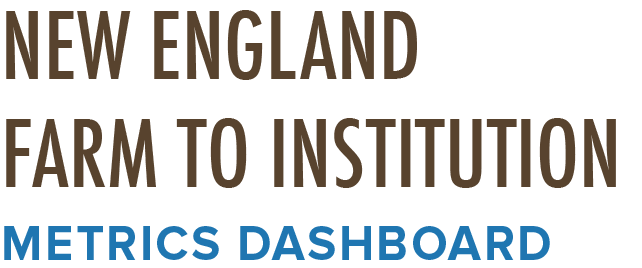HEALTH & FOOD ACCESS
We hope that the dashboard will be a useful tool for anyone who chooses to look at it, including those who are not food systems “experts”. For those who would like more context, we have developed these introductory resources. Data and materials here are about the whole New England food system (not just the part related to institutions).
Many Americans, including children, deal with hunger on a daily basis. Others depend on federal subsidy programs which don't provide enough money for a healthy diet. Many who are affected by these economic inequalities rely on highly processed food which lead to obesity, diabetes, and other diet-related disease.
This page provides background about income, health, and food access in the U.S. It uses data from the U.S. Census, the USDA Food Atlas, the Centers for Disease Control, and other sources to show the health impacts of the food system and the implications of poverty on both food access and health.
Please note that we are in the process of updating this page. You can read more about the upcoming changes in this blog post.
New England Household Food Insecurity, 2013-2015 (Three-Year Average)
Food insecure households are those who at times during the year were “uncertain of having, or unable to acquire, enough food to meet the needs of all their members because they had insufficient money or other resources for food.” The USDA estimates that about 41 million people lived in food insecure households in 2016. The map below shows the percentage of households that are food insecure in New England.
Source: USDA Economic Research Service estimated these figures using three years of data (2013-15) from the Current Population Survey Food Security Supplement
Percent of New England Students Eligible for Free & Reduced-Price Lunch
The National School Lunch Program is a federally assisted meal program operating in public and nonprofit private schools and residential child care institutions. It provides nutritionally balanced, low-cost or free lunches to children each school day. Students are eligible for free and reduced meals based on household income levels. In New England, almost 40 percent of children (over 821,000) are eligible for free and reduced meals.
Percent of New England Children who Experience Food Insecurity
According the U.S. hunger relief organization Feeding America, there are over 13 million food insecure children in the United States. The map below shows the percentage of food insecure children across New England.
Source: 2106 Child Food Insecurity in New England states according to Feeding America.
Number of New England Residents to Receive SNAP (formerly Food Stamp) Benefits
The Supplemental Nutrition Assistance Program (SNAP) is the largest federal nutrition program in the U.S, It provides food-purchasing assistance for people with low or no income. According to the USDA, SNAP benefits cost $70.8 billion in fiscal year 2016 and an average of 44.2 million received $125.51 per month. In New England over 1.7 million people participated in SNAP in 2016
Source: USDA Food Assistance Landscape FY 2016 Annual Report; USDA SNAP State Activity Report Fiscal Year 2016.


